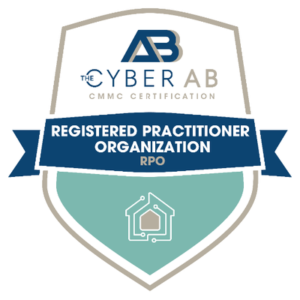Is your cyber defense strategy reactive or proactive? Reactive security relies on bolstering perimeter defenses and detection capabilities to mitigate known vulnerabilities or active attacks. This is the traditional security approach. However, increases in zero-day attacks and rapid expansion of the corporate attack surface are now prompting many organizations to adopt proactive security strategies, such as zero trust. These strategies mount a pre-emptive defense against unknown threats. So, which approach is best? To achieve an effective, defense-in-depth posture, the answer is both.
Reactive Strategies
The reactive arm of your cyber defense focuses on countering known threats and responding to incidents. Basic security tools like firewalls, anti-malware software and spam filters should be deployed to protect against common threat vectors. Additionally, a well-defined vulnerability management program is critical to identifying, tracking and remediating known vulnerabilities in a timely manner. When a new vulnerability is discovered, security teams must race to remediate before it’s exploited. As evidenced by the recent Log4j vulnerability, this task can be daunting, making it imperative to have an efficient process with effective prioritization in place.
Responding to actual incidents is another essential component of a reactive strategy. You should have an established and tested incident response plan coupled with robust incident detection capabilities. The faster you can identify, contain and recover from a breach, the better your chances of minimizing the damage.
Proactive Strategies
A proactive strategy implements preventative, holistic measures to enhance your readiness posture before an attack occurs. Organizations that implement proactive security measures have reduced the growth of breaches by more than 50%.
Threat intelligence involves gathering and analyzing data related to past, current and potential future attacks. This information provides valuable insight into emerging threats, including attacker capabilities and indicators of compromise, such as malicious URLs and IP addresses. You can integrate threat intelligence feeds with your security tools to evolve your security posture in step with changes in the threat landscape.
Penetration testing, which uses black hat techniques to safely test your defense for weaknesses, is another proactive tactic to stay ahead of attackers.
The majority of security breaches involve human error, so investing in cybersecurity training and awareness for your staff may be the most important proactive step you can take. Cybersecurity is a team sport. Everyone in your organization must practice cyber hygiene to maintain organizational vigilance against internal and external threats.
The Best of Both Worlds
MBL Technologies can ensure that your security posture incorporates both reactive and proactive measures. Our cybersecurity services cover everything from threat intelligence to vulnerability management to security awareness training. Together we can implement a defense-in-depth strategy that protects against the attacks of today and adapts to the threats of tomorrow.




